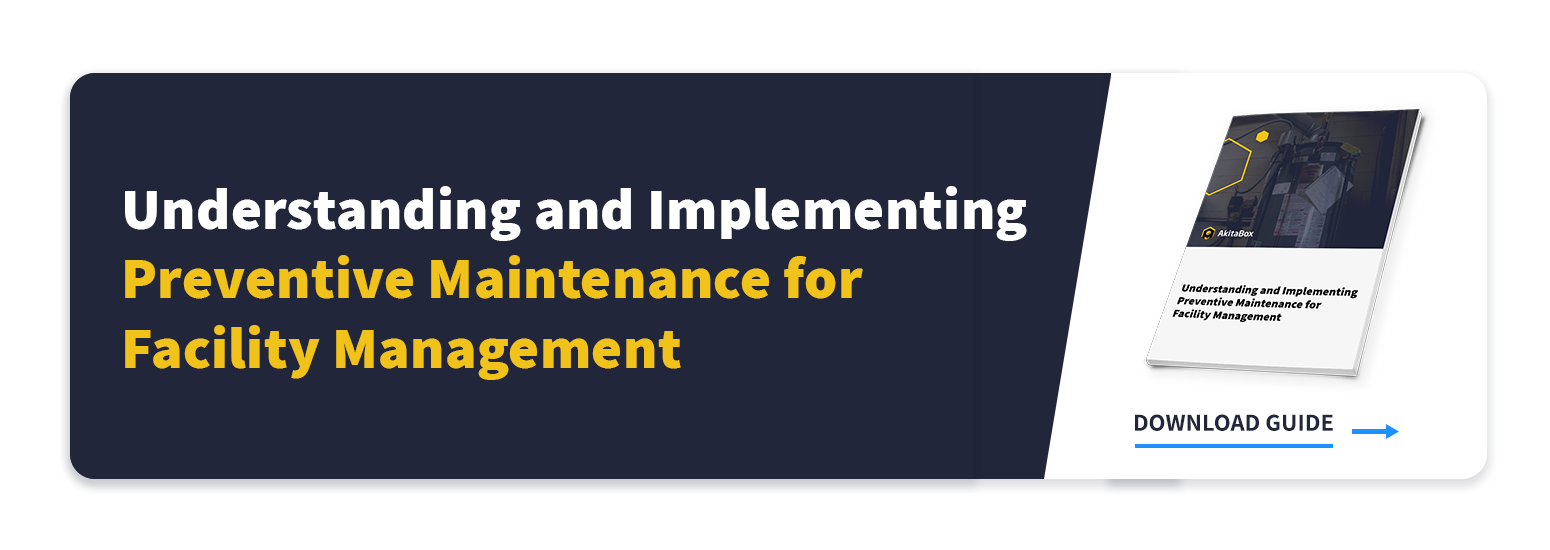Most facility departments utilize work orders on the job every day, especially as a way to respond to reactive maintenance. And while work orders are critical to delegating tasks and tracking employee workloads, that’s just the start of what a work order system in a facility management system (FMS) can do for building teams. Here’s three solid ways to start making the most of your work order system.
Schedule Preventative Maintenance
Preventative maintenance programs are important to making assets last and keeping their facility in good condition, but implementing these proactive programs can be difficult to organize and coordinate. Even though it might take more time upfront, integrating your preventative maintenance plan with a FMS work order system can make things faster in the future, since you can:
- Schedule and assign future work orders so they don’t have to be tracked manually on paper or with calendar reminders
- Attach any relevant documentation on maintenance tasks to the asset
- Track the task status
- Access an automatically created archive of maintenance performed on the asset
Having trouble developing a preventative maintenance schedule? You’re not alone. Most facility managers run into challenges, and here are some solutions to problems you might be encountering.

Give Directions and Provide Documentation
Digital work orders contain a Work Order Description field for managers to include notes for their staff. This field is critical to getting the job done both quickly and correctly. Use this field to:
- Document step-by-step directions
- Share what tools are needed to complete a repair
- Reference O&M documentation
- Link to past maintenance history
It might seem like more effort up front, but it’s a critical way to share information with building teams and train new technicians. It also makes turnover easier if a long-term employee leaves, since their knowledge will be documented.
Mitigate Risk and Reinforce Safety
Safety is pertinent for both facility teams and occupants. One way to reinforce this mindset is by including important safety reminders in the Work Order Description field of the work order. Personal protection equipment (PPE) isn’t always easily available, so technicians might not remember to bring it. By including recommended or required PPE and specific tools needed for tasks, responding technicians can arrive prepared. Here are some examples of what to include:
- Ladders of specific heights to avoid unsafe usage of too tall or too short ladders
- Gloves if chemical exposure is a concern, such as with some bathroom cleaners
- Face masks or respirators if air quality is a concern, such as if they are at risk for mold or asbestos exposure
- Ear protection
- Safety glasses
There are endless ways for a FMS to make your facility team’s workflow easier, and using these three tips are just the start. What are some creative ways your team has used work orders? Comment below!
Want to start a preventive maintenance program, but not sure where to start? Check out The Facility Management Preventative Maintenance Guide.

